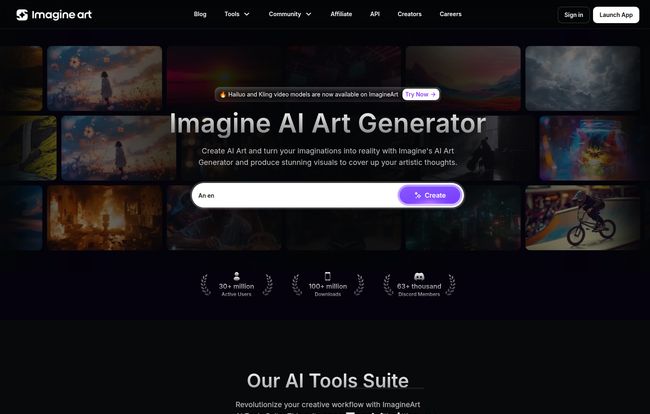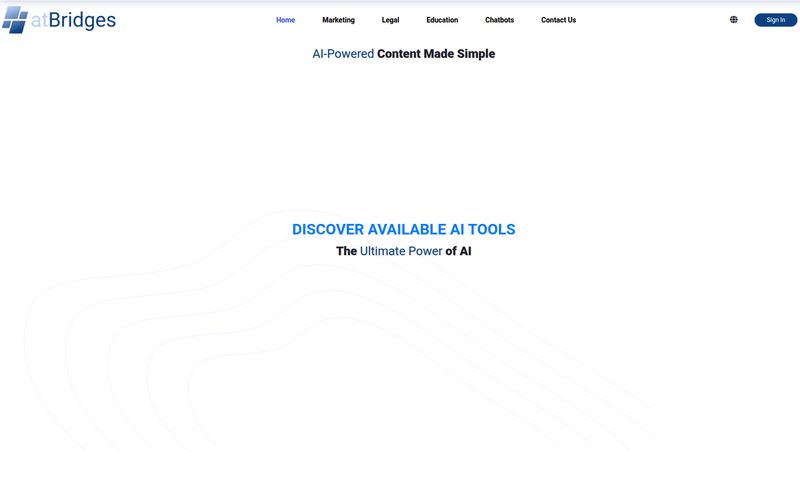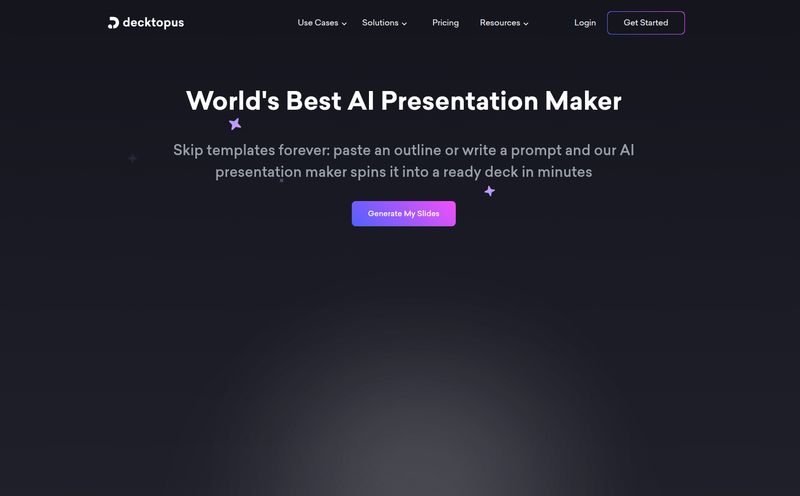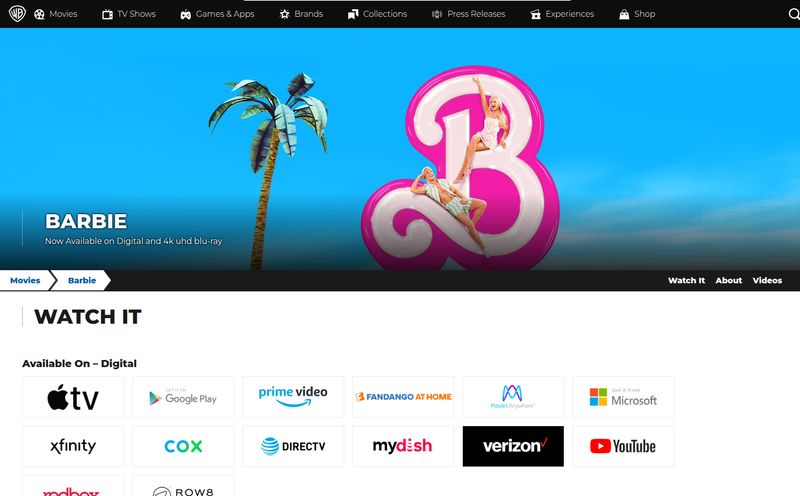The AI art generator space is getting... crowded. It feels like every other week there's a new tool promising to turn your wildest thoughts into digital masterpieces. We've got the heavy-hitters like Midjourney and Stable Diffusion, the quirky ones, the super-niche ones. It's a lot. As someone who lives and breathes digital content, I'm always on the hunt for tools that make my life easier without requiring a PhD in prompt engineering.
So when Imagine.art popped up on my radar, my first thought was, “Okay, what makes you different?” It claims to be a free AI art generator, which always gets my attention. But is it just another face in the crowd, or is there something genuinely useful here for bloggers, marketers, and creators? I decided to roll up my sleeves and find out.
First Impressions and Getting Started
Landing on the Imagine.art homepage feels pretty slick. Dark mode, a gallery of really impressive AI-generated images, and a big, inviting prompt bar right at the top. It screams “get started now,” and I appreciate that. No faffing about. They also boast over a million users and a bustling Discord community, which is solid social proof. Community is a huge factor with these tools; it's where you learn the secret sauce for great prompts.
The whole vibe is less about being an intimidating, high-tech machine and more of a creative partner. It feels accessible. But pretty interfaces are one thing; the real test is in the tools themselves.

Visit Imagine.art
The Imagine.art AI Tools Suite
This isn't just a one-trick pony. Imagine.art comes packed with a whole suite of tools, which honestly surprised me. It’s more than just typing a sentence and hoping for the best. It’s about refining that creation.
The Classic Text-to-Image Experience
This is the bread and butter, right? You type what you want to see. My go-to test prompt is usually something like, “a fox wearing a vintage aviator's helmet, sitting in a cozy library, cinematic lighting, detailed.” The results? Pretty darn good. It’s not quite at the hyper-realistic level of the latest Midjourney versions if that's what you're after, but for stylized, illustrative, and concept art, it’s fantastic. It uses a variety of models, including Stable Diffusion variants like SDXL 1.0, so you have some control over the aesthetic.
More Than Prompts: Image Remix and Inpainting
Here’s where it gets interesting for me. Image Remix lets you upload a picture and guide the AI with a text prompt to create something new based on that original image's composition. Think of it as a super-advanced style transfer. It's great for creating variations on a theme for a blog post or social campaign.
But the real hero for me is Inpainting. You know when an AI gives you a perfect image... except the person has seven fingers? Yeah, that. Inpainting lets you mask out a specific part of the image and regenerate just that area. It's a lifesaver for fixing those classic AI quirks without having to reroll the entire image fifty times. For practical, day-to-day content creation, this is huge.
Expanding Your Canvas and Swapping Backgrounds
Two other features caught my eye: Expand Image (or outpainting) and Background Replace. Outpainting lets you extend the borders of your generated image, creating a wider scene. I can immediately see myself using this to turn a square image into a perfectly sized website banner. Background Replace does exactly what it says on the tin. Got a great product shot but a boring background? Zap it. Again, these are practical tools that solve real-world problems for content creators.
The Big Question: What Does Imagine.art Cost?
Ah, pricing. The moment of truth. Now, here’s a funny little thing. I saw the pricing tiers on the homepage, but when I clicked to see a dedicated pricing page... I got a 404 error. Whoops. Happens to the best of us, and I’m sure they’ll fix it soon! A gentle reminder that even slick tech platforms have teh occasional website hiccup.
Luckily, the homepage gives us the rundown. There's a free plan, which is awesome for trying it out, but as expected, it has its limits. For the serious user, there are paid plans. Here's a quick breakdown of what I saw:
| Plan | Price (Monthly) | Key Features |
|---|---|---|
| Basic | €11 | 2,000 image credits, 2 concurrent generations, Standard image quality |
| Standard | €23 | 5,000 image credits, 3 concurrent generations, Standard image quality |
| Professional | €47 | 15,000 image credits, 5 concurrent generations, Higher priority generation queue |
| Scale | €95 | 35,000 image credits, 8 concurrent generations, Highest priority queue |
In my opinion, the value seems pretty fair. The Professional plan at €47/month feels like the sweet spot for small businesses or prolific creators who need a lot of content and faster generation speeds. For a casual blogger, the Basic or Standard plans are more than enough to get you going.
The Good, The Bad, and The... Coming Soon
No tool is perfect. Imagine.art's biggest strength is its accessibility. It's a complete toolbox that's easy to pick up and use, and the free tier is generous enough for you to get a real feel for it. The community is a big plus.
On the flip side, the free version is naturally limited. And some of the features listed on the site are labeled “Coming Soon.” On one hand, that’s exciting—it shows the platform is still growing. On the other, you’re paying for a product that's still a bit of a work in progress. It’s a classic trade-off in the fast-moving tech world.
So Who is Imagine.art Really For?
After playing around with it for a while, I have a pretty clear idea of who would love Imagine.art. If you're a blogger, a social media manager, or a small business owner who needs custom visuals without a massive headache, this is for you. It’s like a Swiss Army knife: it has the right tool for most common jobs, from creation to editing.
Is it for the high-end digital artist who spends hours in ComfyUI building complex workflows and needs absolute, pixel-perfect photorealism? Maybe not. They’ve probably already got their finely tuned setup. But for the rest of us? The 90% who just need to create a cool, unique image for a blog post or an ad campaign? It hits a real sweet spot. It's a workhorse, not a show pony, and sometimes, that’s exactly what you need to get the job done.
Overall, I'm pleasantly surprised. Imagine.art has carved out a nice niche for itself by focusing on utility and a user-friendly experience. It's a powerful and practical addition to any content creator's toolkit.
Frequently Asked Questions
- Can I use images I create with Imagine.art for commercial purposes?
- Yes, according to their site's FAQ, images generated on the platform can be used for commercial purposes. As always, it's good practice to double-check the terms of service for any specific restrictions.
- Is Imagine.art completely free to use?
- It has a free tier that allows you to generate images, but it comes with limitations on speed and the number of credits. For more extensive use, you'll need to subscribe to one of their paid plans.
- What kind of AI models does Imagine.art use?
- The platform offers a variety of models, including Stable Diffusion 1.5 and SDXL 1.0, which gives you flexibility in the style and quality of your generated images.
- How does Imagine.art compare to a tool like Midjourney?
- In my experience, Midjourney currently has an edge in producing hyper-realistic and artistically complex images. However, Imagine.art competes strongly with its all-in-one tool suite (inpainting, outpainting, etc.) and a more straightforward, web-based user interface that doesn't require Discord.
- What payment methods are accepted for the paid plans?
- Their FAQ section mentions they use Stripe, which means they accept all major credit and debit cards.



